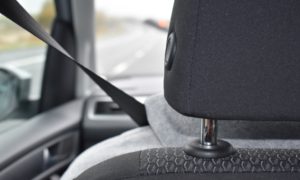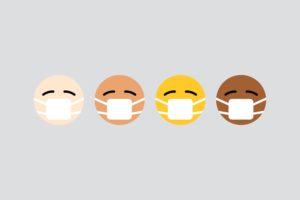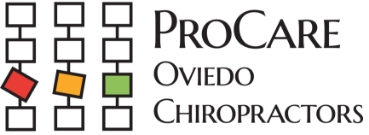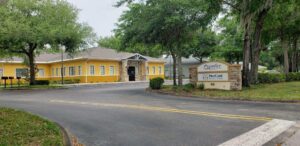Although we are encouraged not to leave the house during these chaotic COVID-19 times, essential workers must go to work and do other essential errands such as picking up prescription drugs. Always try to get deliveries before leaving the house. However, if you leave the house and are involved in a car accident resulting in injuries like shoulder fractures, call ProCare Health & Rehab Centers before heading to the emergency room.
How to respond after a car accident:
Hospitals are overrun and overwhelmed right now. This is why is it detrimental to hospital’s turnover to be seen at outpatients clinic or urgent care centers before you heading to the hospital. Please share this valuable information.
This will help doctors and nurses focus on COVID-19 patients. America’s new way of thinking will also prevent the spread and flatten the curve. These are words you may have heard over and over during the last week but may not have been so sure how to respond during emergency times.
On top of the fact that avoiding hospitals during this time may prevent you from getting the novel virus, it will most likely save you a large amount of money. Hospital bills are not known to be minimal, but a visit to ProCare may be completely covered by your insurance… and then some.
Now, let’s get into today’s topic. Shoulder dislocations are very common, but we have yet to discuss shoulder fractures. There are many reasons why people may experience shoulder injuries during a car accident. First off, the seatbelt restraint may cause injuries while saving lives.
Never avoid wearing a seatbelt correctly for the fear of getting injured. The seatbelt we know today was born in 1964. This was just a lab belt and did not cause any injury to the shoulder.
Seatbelts save lives:
 But the lap belt was nowhere near the effective as the three-point harness the was introduced in 1973. A safety harness, also referred to as a seatbelt, is an active restraint. An airbag is a passive restraint.
But the lap belt was nowhere near the effective as the three-point harness the was introduced in 1973. A safety harness, also referred to as a seatbelt, is an active restraint. An airbag is a passive restraint.
The use of seatbelts prevent severe head injuries, ejection from vehicles, and even death. People experience injuries that do not compare to the injury they would have experienced if they were not wearing them. When victims experience injuries caused by the three-point seatbelt harness, it is most likely in the same circumstances where they may not have survived if they were not wearing it at all.
An easy way to spot a fracture is swelling, a deformed appearance, pain, and inability to move the shoulder without a grinding sensation. Do not wait to call ProCare immediately after a car accident. Hold off going to the hospital if you are not bleeding and can make it safety to ProCare in a timely manner.
Breaking down the three types of shoulder fractures makes it easier to visualize what is going on- before getting a proper diagnosis from a medical professional. Let’s begin by talking about the clavicle fracture. If there is swelling near the middle of the collar bone, or clavicle, this is most likely a clavicle fracture.
This fracture may happen when a person was not wearing the seatbelt correctly. For example, some people wear their seatbelt incorrectly underneath the armpit. If there is limited movement, but the person can still has range of motion, it may just be a clavicle fracture and not a proximal humerus fracture.
A severely swollen shoulder with severe pain may be caused by a fractured proximal humerus. Very limited range of motion in the shoulder is also an indication the proximal humerus is fractured. Most likely, people with this type of fracture will not avoid seeking medical attention.
COVID-19 and new office procedures:
 Next time you stop by, we will share about treating these different shoulder fractures. Come back next time, and be sure to ask about our COVID-19 safety precautions. Thanks for reading all about shoulder fractures, and come back again soon!
Next time you stop by, we will share about treating these different shoulder fractures. Come back next time, and be sure to ask about our COVID-19 safety precautions. Thanks for reading all about shoulder fractures, and come back again soon!
Staff Writer



